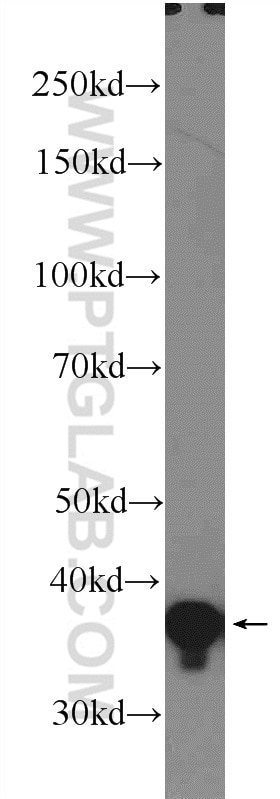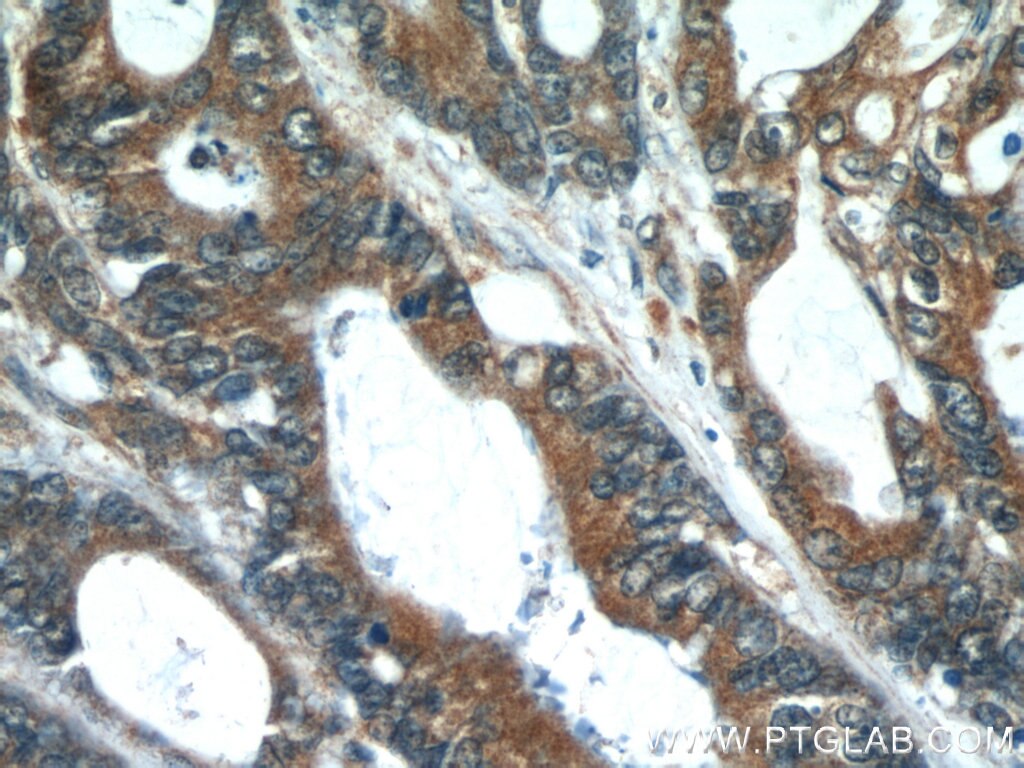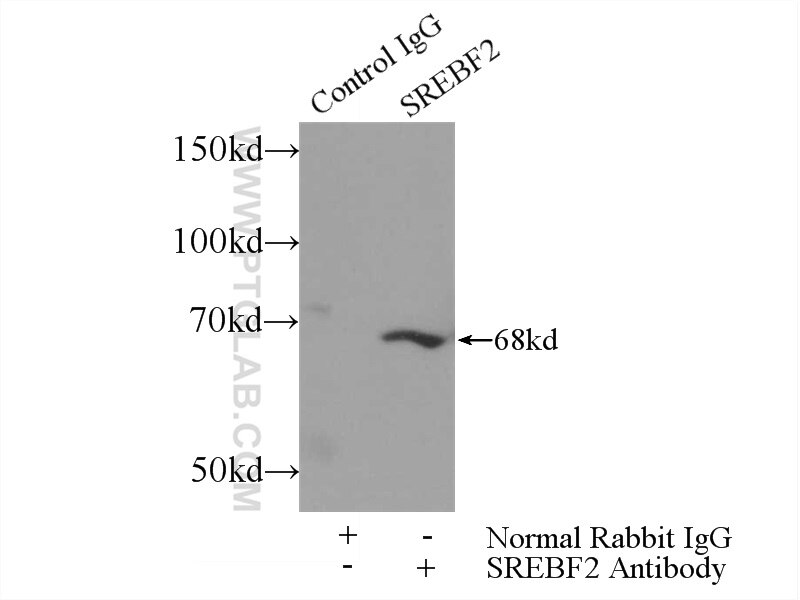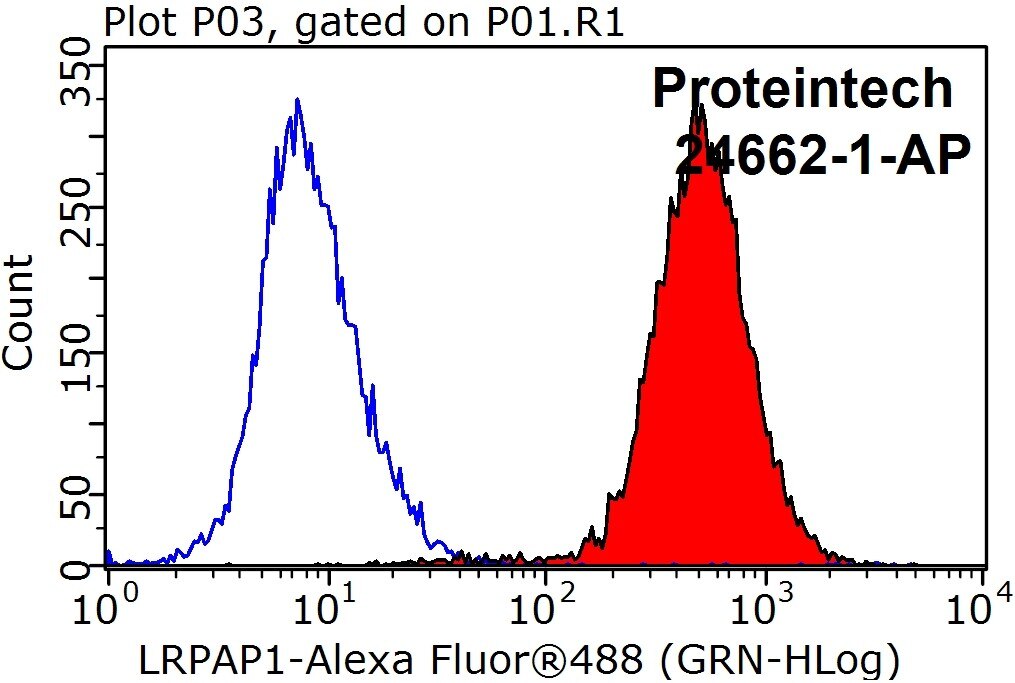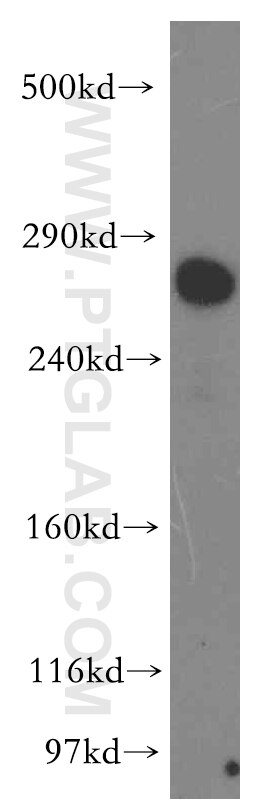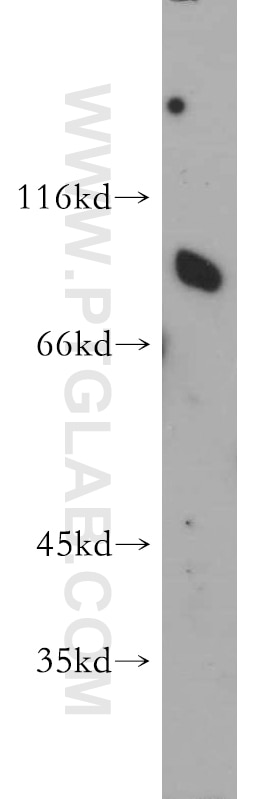- Featured Product
- KD/KO Validated
LDLR Polyclonal antibody
LDLR Polyclonal Antibody for WB, IHC, IF/ICC, IP, ELISA
Host / Isotype
Rabbit / IgG
Reactivity
human, mouse and More (4)
Applications
WB, IHC, IF/ICC, IP, ELISA
Conjugate
Unconjugated
110
Cat no : 10785-1-AP
Synonyms
Validation Data Gallery
Tested Applications
| Positive WB detected in | HeLa cells, HL-60 cells, human brain tissue, Jurkat cells, mouse brain tissue, Raji cells |
| Positive IP detected in | HeLa cells |
| Positive IHC detected in | mouse brain tissue, human brain tissue, mouse liver tissue, human pancreas tissue, human colon cancer tissue Note: suggested antigen retrieval with TE buffer pH 9.0; (*) Alternatively, antigen retrieval may be performed with citrate buffer pH 6.0 |
| Positive IF/ICC detected in | HeLa cells |
Recommended dilution
| Application | Dilution |
|---|---|
| Western Blot (WB) | WB : 1:1000-1:5000 |
| Immunoprecipitation (IP) | IP : 0.5-4.0 ug for 1.0-3.0 mg of total protein lysate |
| Immunohistochemistry (IHC) | IHC : 1:500-1:2000 |
| Immunofluorescence (IF)/ICC | IF/ICC : 1:50-1:500 |
| It is recommended that this reagent should be titrated in each testing system to obtain optimal results. | |
| Sample-dependent, Check data in validation data gallery. | |
Published Applications
| KD/KO | See 11 publications below |
| WB | See 102 publications below |
| IHC | See 3 publications below |
| IF | See 12 publications below |
| IP | See 3 publications below |
| FC | See 1 publications below |
Product Information
10785-1-AP targets LDLR in WB, IHC, IF/ICC, IP, ELISA applications and shows reactivity with human, mouse samples.
| Tested Reactivity | human, mouse |
| Cited Reactivity | human, mouse, rat, pig, chicken, hamster |
| Host / Isotype | Rabbit / IgG |
| Class | Polyclonal |
| Type | Antibody |
| Immunogen | LDLR fusion protein Ag1236 |
| Full Name | low density lipoprotein receptor |
| Calculated Molecular Weight | 95 kDa |
| Observed Molecular Weight | 100-160 kDa |
| GenBank Accession Number | BC014514 |
| Gene Symbol | LDLR |
| Gene ID (NCBI) | 3949 |
| RRID | AB_2281164 |
| Conjugate | Unconjugated |
| Form | Liquid |
| Purification Method | Antigen affinity purification |
| Storage Buffer | PBS with 0.02% sodium azide and 50% glycerol pH 7.3. |
| Storage Conditions | Store at -20°C. Stable for one year after shipment. Aliquoting is unnecessary for -20oC storage. 20ul sizes contain 0.1% BSA. |
Background Information
LDLR (low density lipoprotein receptor) is a member of the LDL receptor gene family and is involved in receptor-mediated endocytosis of specific ligands. The LDLR is a cell surface glycoprotein that scavenges LDL from the blood and regulates plasma LDL cholesterol. The cytoplasmic domain of the LDL receptor is necessary for the receptor to cluster in coated pits, which promotes the rapid endocytosis of bound LDL. The protein is highly glycosylated through N- and O-linkages and thus migrates at 100 to 160 kDa bands on SDS-PAGE.
Protocols
| Product Specific Protocols | |
|---|---|
| WB protocol for LDLR antibody 10785-1-AP | Download protocol |
| IHC protocol for LDLR antibody 10785-1-AP | Download protocol |
| IF protocol for LDLR antibody 10785-1-AP | Download protocol |
| IP protocol for LDLR antibody 10785-1-AP | Download protocol |
| Standard Protocols | |
|---|---|
| Click here to view our Standard Protocols |
Publications
| Species | Application | Title |
|---|---|---|
Cell Metab Elevation of JAML Promotes Diabetic Kidney Disease by Modulating Podocyte Lipid Metabolism. | ||
Cell Metab Identification and evaluation of a lipid-lowering small compound in preclinical models and in a Phase I trial. | ||
Sci Transl Med Single-cell atlas of human infrapatellar fat pad and synovium implicates APOE signaling in osteoarthritis pathology | ||
J Clin Invest Acetaldehyde dehydrogenase 2 interactions with LDLR and AMPK regulate foam cell formation.
| ||
Nat Commun A genome-wide CRISPR screen identifies host factors that regulate SARS-CoV-2 entry. |



















